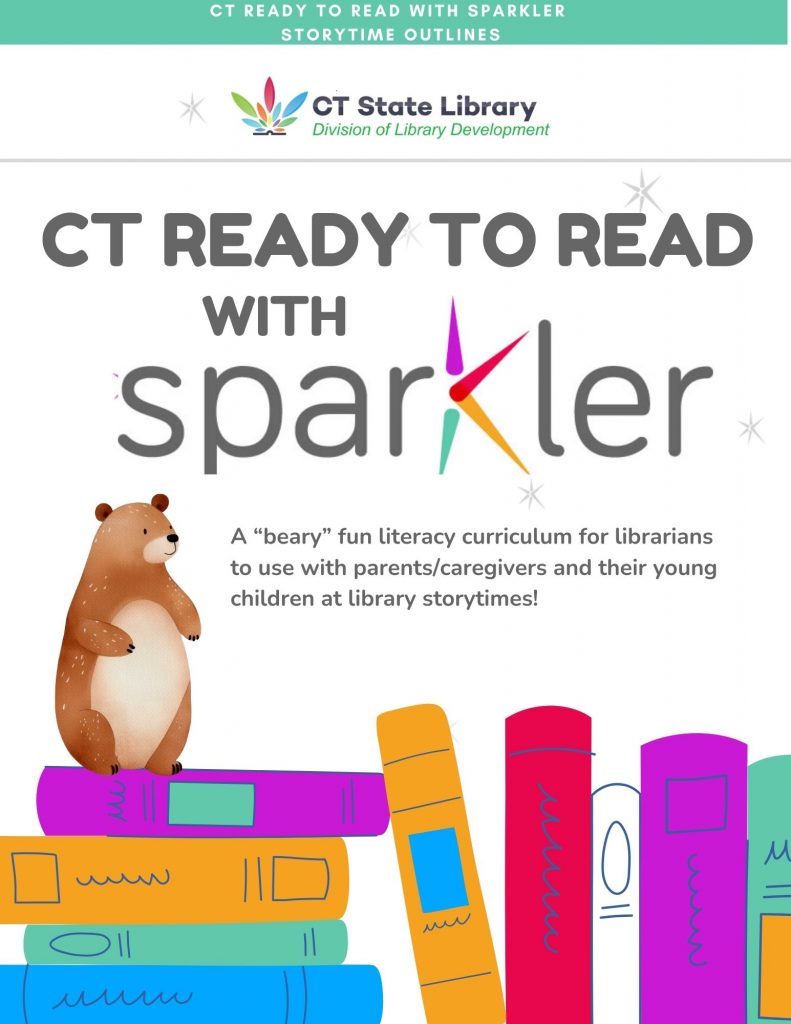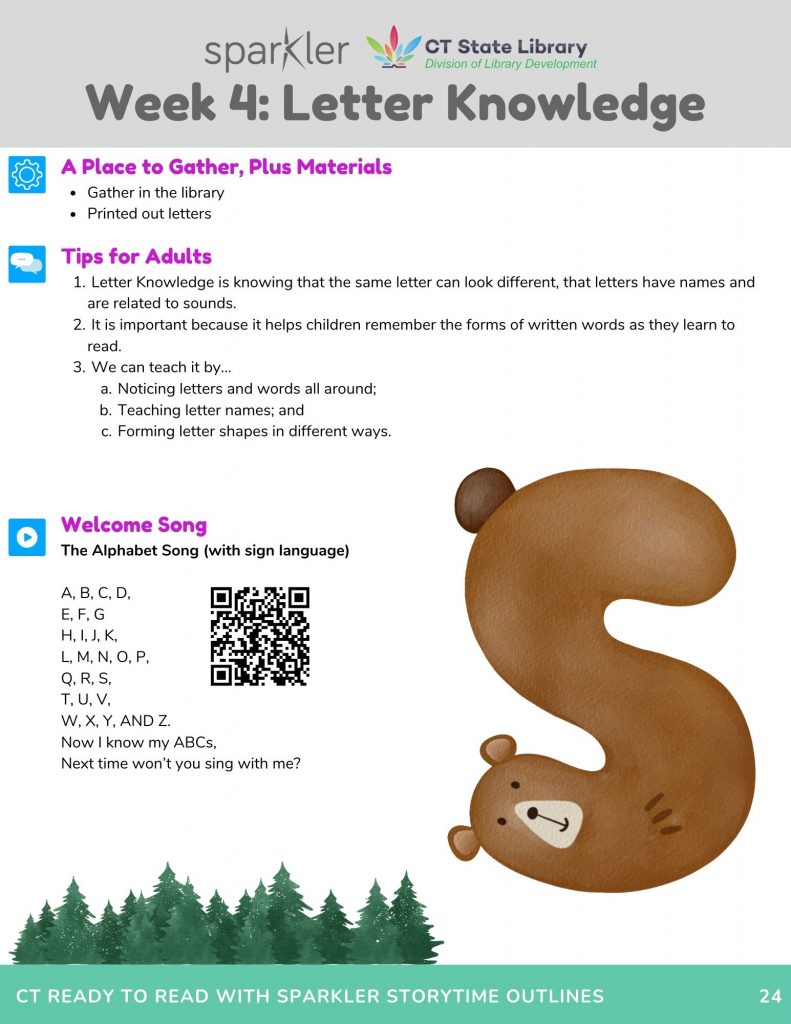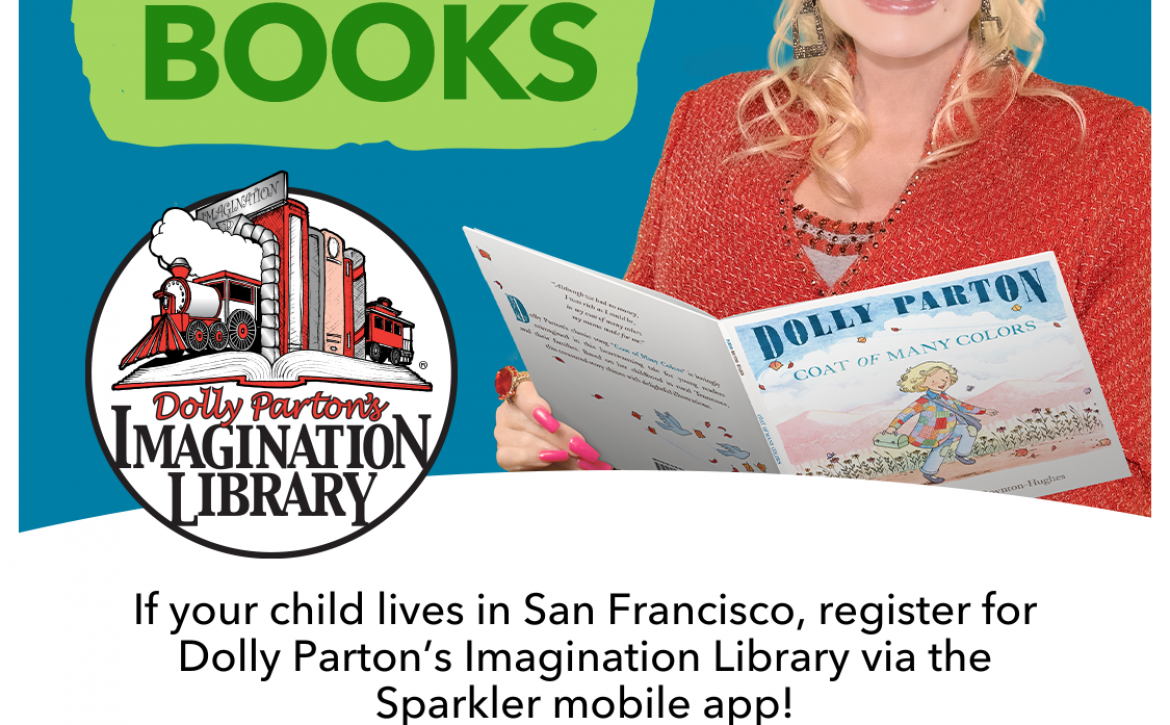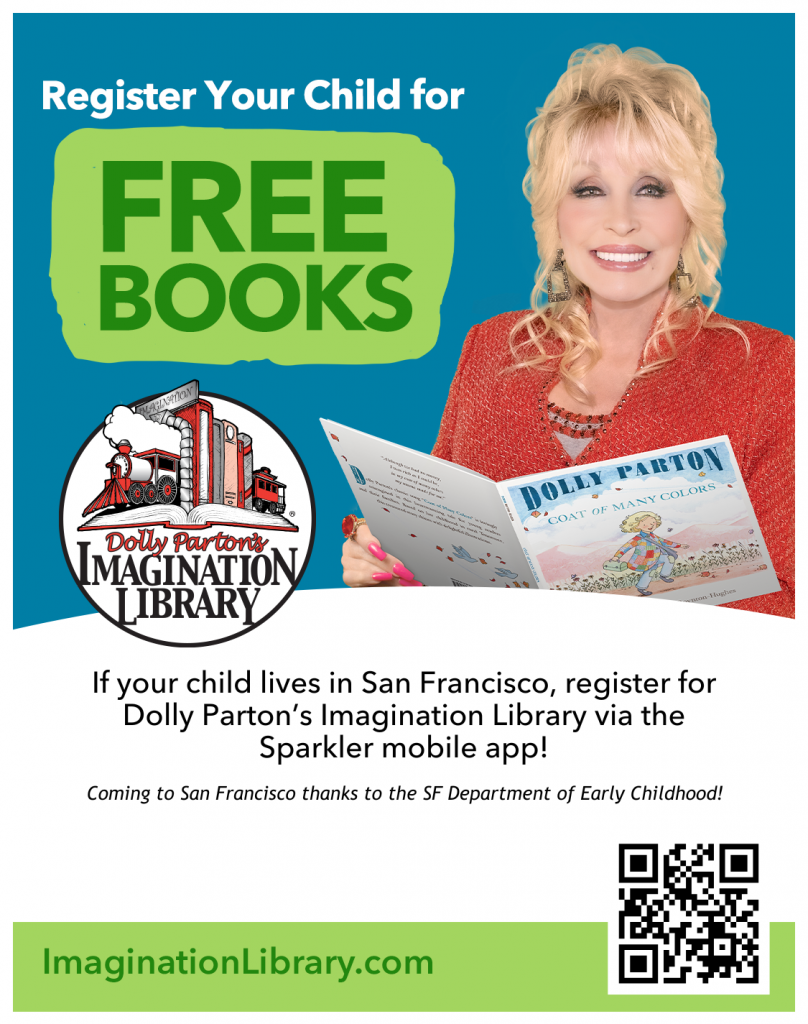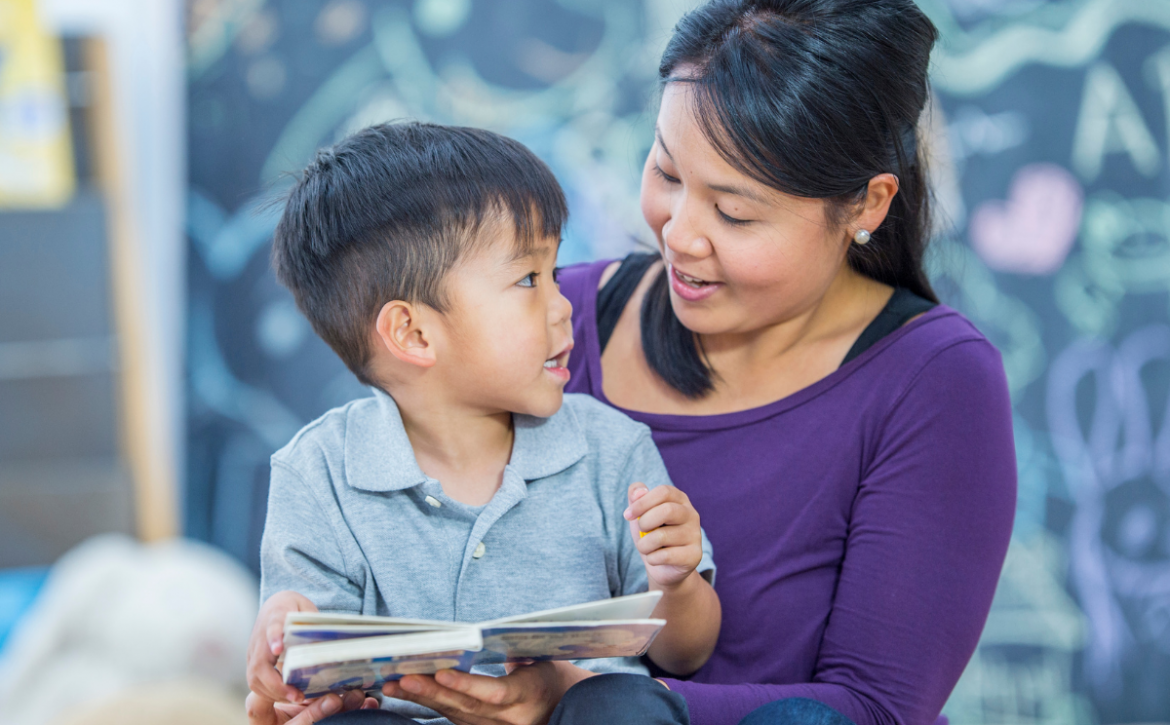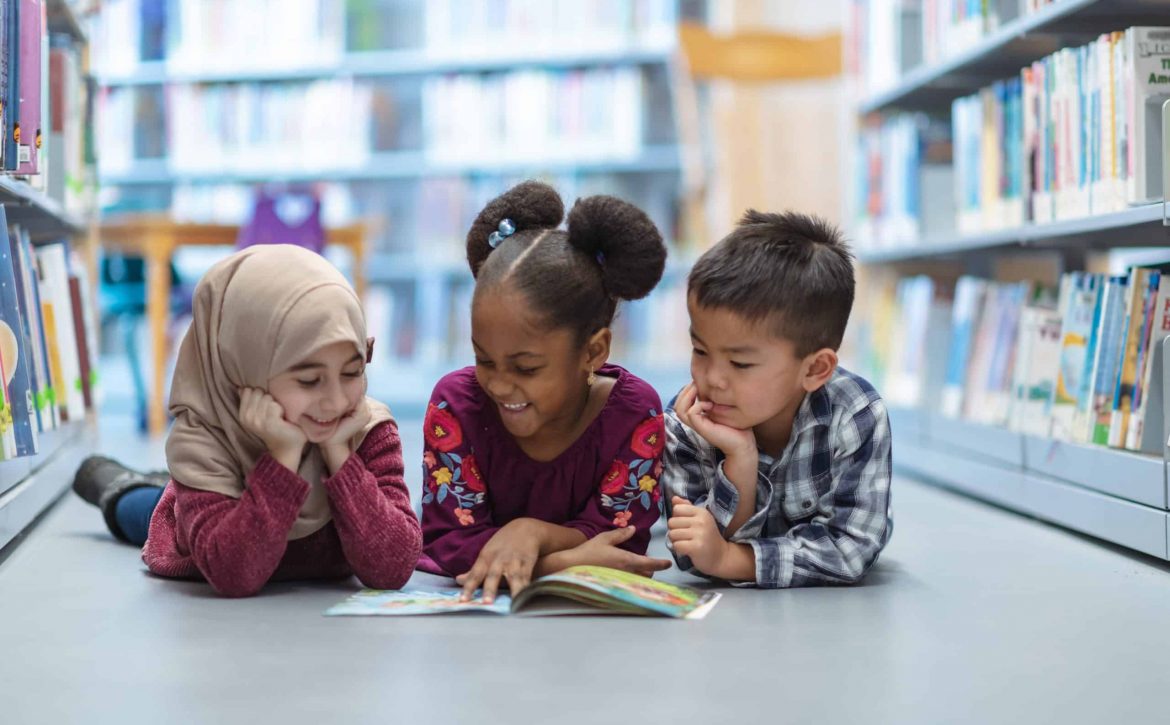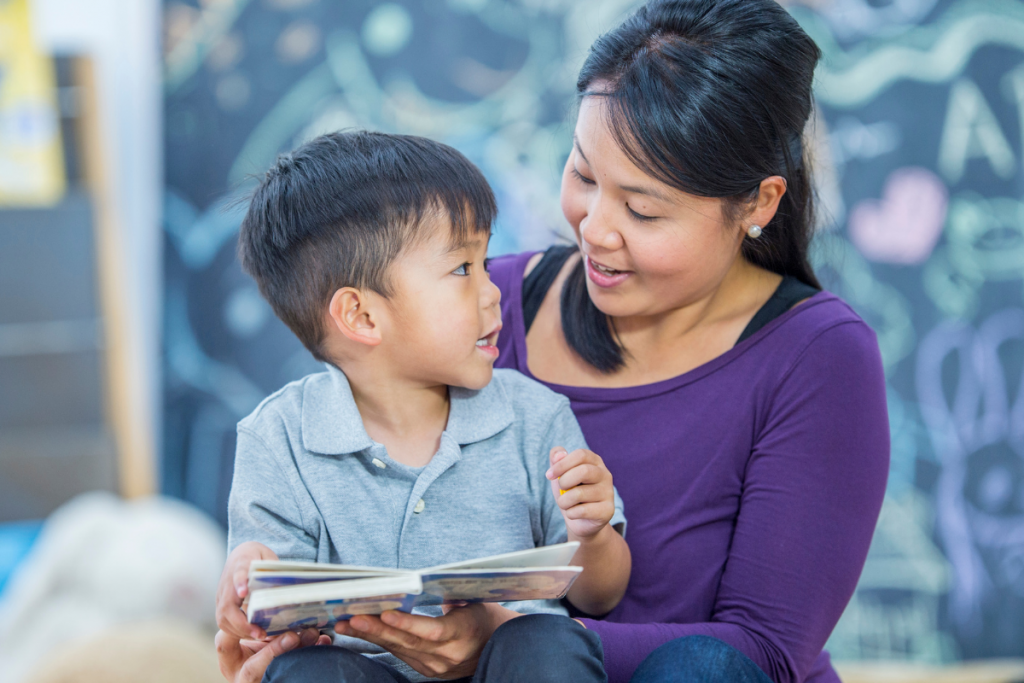Q&A: How to Build Early Literacy Skills at Library Storytimes

Earlier this year, Sparkler and the CT State Library created CT Ready to Read with Sparkler, a literacy curriculum to use at library storytimes to grow early literacy skills. In this Q&A, Sparkler’s executive director, Julia Levy, chats with Kymberlee Powe, the Children and Young Adult Consultant with the Connecticut State Library, who partnered with Sparkler to create the new curriculum. Kym specializes in youth services and literary equity.
Sparkler worked with you to create CT Ready to Read with Sparkler. Tell us about it!
CT Ready to Read with Sparkler is a curriculum based off of the Every Child Ready to Read initiative that was started by the Public Library Association and the Association for Library Services to Children. It’s a tool to help librarians and other folks who operate in the storytime space to embed early literacy skills into storytimes and activities that they are offering for youth and families.
It's focused on early literacy through the lens of bears. Why bears?
A lot of public librarians love a theme: They love fall, they love colors, they love bears. What started as a joke…became the ultimate theme of the curriculum, and it demonstrates to librarians how they are able to hold true to themes, and still embed early literacy skills like phonemic awareness or vocabulary into their storytime curriculums.
What makes this curriculum special?
Librarians may fall into the habit of picking the theme, selecting some books that are age-appropriate and fun, and finding a craft that’s age appropriate. Through this process, we might accidentally enforce some of those early literacy skills, but what we want to do is make sure those skills are enforced with intentionality.
What are the early literacy skills that we're trying to impart to kids and families?
Narrative skills are always very interesting to me. I think that’s because — as a child of the 90s — we did a lot of pretend play. Before the time of TikTok and tablets and all of that, there was a lot of pretend play, which really strengthens narrative skills. I just want to see those skills remain as strong in this generation of youth and going forward.
Brown Bear, Brown Bear — it’s a classic.
And if you were going to choose a second theme for a sequel, what would it be?
I’d go with a whole season. We could talk about caterpillars to butterflies, and animals coming out of hibernation and flowers and bugs and dirt. Never gets old!
How can librarians or others use this curriculum and get involved?
They can go to the Sparkler website and they can find it there or they can go to the Children and Young Adult Lit Guides at the CT State Library and access it there or reach out to me. It’s a small state, and everyone’s got my email! They can easily begin to make small, incremental changes to their storytimes for higher impact with their children and families.


